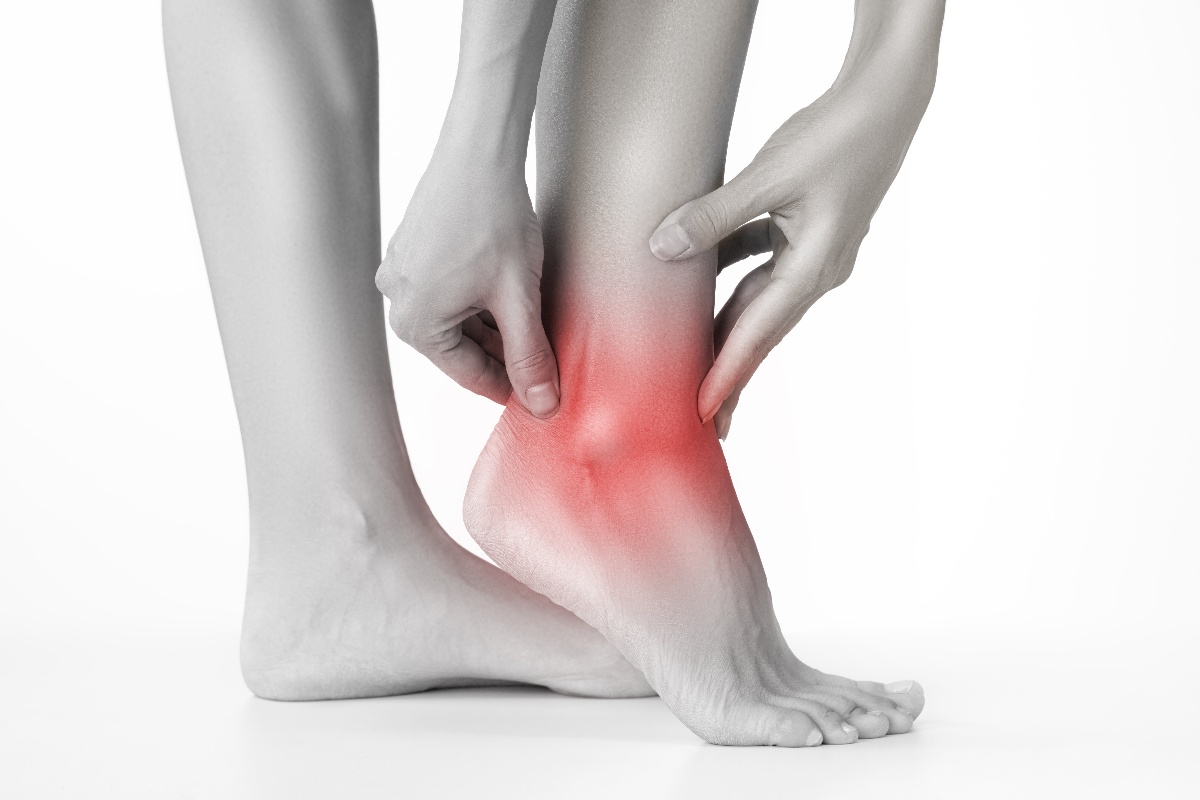According to the American College of Sports Medicine, more than 25,000 Americans suffer an ankle sprain on a daily basis, and those 9 million collective ankle rolls make up for half of all sports injuries annually. While typically recovery from a mild sprain is just a week or two, more severe sprains can take up to 6 weeks to heal, and 40% of sprains will actually result in a chronic pain condition. What causes chronic pain after an ankle sprain, and what can be done to fix it?
Simple Sprains?
In many cases of sprains, symptoms may seem mild, and oftentimes, people attempt to treat the injury at home with the RICE method of Rest, Ice, Compression and Elevation. In some cases the damage is more serious; tendon injuries in the ankle occur and are either not treated or overlooked in an exam. Dr. Terrence Philbin, DO, Fellowship Director of the Orthopedic Foot and Ankle Center in Ohio, believes that’s why the condition often goes undiagnosed. How do these tendon injuries cause pain, and how can they be fixed?
Swelling and Tears and Ruptures, Oh My!
It seems that one of the main culprits of chronic pain after an ankle sprain is damage to the peroneal tendons, which run along the outside of the ankle bone and which work to stabilize the feet and ankles. In more severe sprains, these tendon injuries can include tears, which create painful swelling around the tendons. This swelling spreads to surrounding tissues, which can even lead to swelling, tears or ruptures in the ligaments that hold the bones and cartilage together. Injuries can also stir up problems that were dormant, like those that develop over time. What non-surgical options are available to heal injuries if RICE and anti-inflammatories aren’t enough?
Heal at the Source
Determining the actual source of pain may require diagnostic imaging or testing, but once you have a clear idea of the origin of your chronic pain, there are many options for seeking relief.
Bracing: Short term use of a brace to help stabilize the injured joint can help to relieve strain on the structures to enable healing.
Physical Therapy: Physical Therapy which includes “re-conditioning” can help you retrain your body by learning corrective exercises which not only strengthen the muscles surrounding the joint, but which will also help maintain stability to help prevent future injury.
Injection-Based Treatment like VisCare-Flex: Some injuries can ultimately diminish joint fluid in synovial joints like the ankle, and if it’s determined that your chronic pain is the result of bone-on-bone friction or inflammation, a viscosupplementation treatment like VisCare-Flex may be the exact treatment you need to relubricate the joint, reduce your pain, and to restore mobility. By introducing the natural lubricant hyaluronic acid back into the joint capsule, you can ease pain symptoms by stopping degradation of the cartilage in the joint.
Aching Ankles?
When the pain of an acute injury persists, there may be more or different damage than originally expected. At Flexogenix, our board certified physicians strive to provide non-surgical solutions for your joint pain, including viscosupplementation and regenerative medicine with advanced biologics. Contact us today for your free consultation and to learn more about how we can help you get back to your active and pain-free lifestyle.






